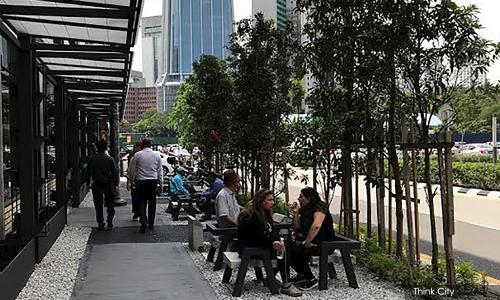Rejuvenating downtown Kuala Lumpur
COMMENT | For the last decade or so, the urban movement has created many labels such as liveable city, resilient city, smart city and vibrant city in a bid to push cities towards an ideal, a utopia of sorts.
There is however a common thread to achieving any one of these ideals and that is safety. It is impossible to reach an ideal without residents and visitors feeling safe.
Whilst the Safe Cities movement focuses on crime and violence prevention, a Safe Community is a liveable community, where people can undertake their daily activities in an environment without fear, risk of harm or injury. Programmes worldwide focus on injury prevention, safety education and connecting people (of which crime and violence prevention are a subset).
Both movements understand that at its core, crime and safety challenges are linked to other urban challenges like poor urban design, insecure land tenure, social exclusion and urban poverty. The inclusion of women, youth and the urban poor in city planning are also key strategies necessary in creating a safer city.
When people feel safe, they spend more time in that place, bring family and friends, are keen to explore shops and are more likely to come back at night. Safe cities and environments are conducive to good business and a place to set down roots, a place to call home.
For the last 4 plus years in KL, Think City has been trying to dispel the perception that the heritage core, which we term Downtown KL (approximately 1km radius from Masjid Jamek), is less safe than other areas in KL.
One of the main reasons cited was the presence of a significant proportion of a primarily male migrant population, as well as the homeless community...
RM12.50 / month
- Unlimited access to award-winning journalism
- Comment and share your opinions on all our articles
- Gift interesting stories to your friends
- Tax deductable

